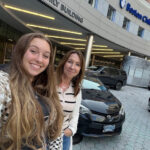A biventricular repair helps California girl thrive

Even before their daughter, Elyse, was born, Amanda and Ian Primavera knew their road would be a little rocky. But they had no idea how hard they’d have to push to get the care they wanted for their daughter. Ultimately, an online support group and a little perseverance helped them find the answers and treatment they wanted.
Heterotaxy leads to an unexpected start
The couple from California learned during Amanda’s 20-week ultrasound that their baby had several congenital heart defects, including heterotaxy. This is a rare, complex condition where the heart or other organs are not formed correctly or are in the wrong position in the body. Babies with heterotaxy often have other complex heart problems, as Elyse did.
“We were told she would likely need her first open heart surgery within the first week after her birth,” says Amanda. “So we were really pleased when it turned out she didn’t need it right away, though she did have a Ladd’s procedure for her heterotaxy.”
A Christmas homecoming
Elyse recovered and was discharged from the hospital three weeks later, on Christmas Eve, and for the next six months, things seemed to be going well. At that time, Elyse’s cardiologist told her parents that she would need surgery soon, and at age 9 months, she had a Kawashima procedure. This operation was to prepare Elyse’s heart for a future Fontan operation, the final operation that would give her single ventricle circulation, or one working pumping chamber (ventricle) in her heart.
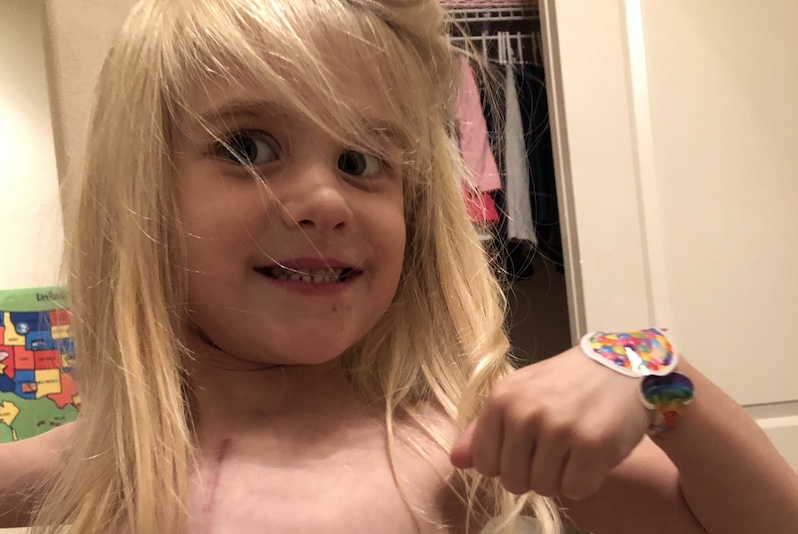
An online group suggests biventricular repair
But Amanda and Ian weren’t so sure this was the best course of action for their daughter. “By that point, we had joined an online heterotaxy support group and had heard about another option, called a staged biventricular repair, which was only done in Boston,” says Amanda.
Biventricular repair involves converting a heart that has only one working ventricle into one with two working ventricles, giving the child normal blood flow.
“Ian is a physician assistant, so he totally understands all of the medical information, and we both thought it seemed like a much better way to go,” says Amanda. “But when we brought it up with our cardiologist in California, he kept saying she wasn’t a candidate.”
Pushing for a second opinion
Still, the couple kept the idea of a biventricular repair in the back of their minds. And when Elyse’s cardiologist told them they should start thinking about scheduling the Fontan procedure, they asked again about the biventricular option.
“Once again he told us ‘no,’” says Amanda. “But when we reached out to the heterotaxy group, they all said we had to go to Boston, so we sent in a request for a second opinion.”
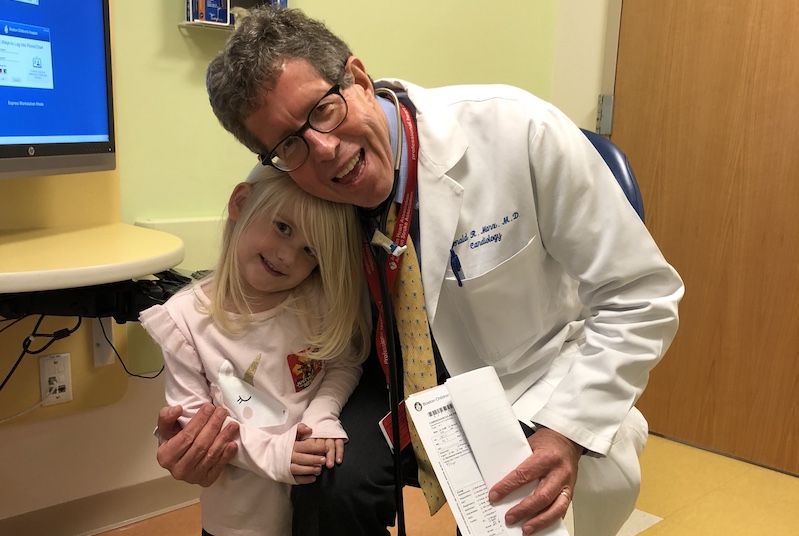
A few weeks later, they got a call from Boston Children’s Hospital cardiologist Dr. Gerald Marx. He explained that he had reviewed Elyse’s case with Dr. Sitaram Emani, cardiac surgeon and director of the Complex Biventricular Repair Program, and they thought she may be a candidate for the biventricular repair. They wanted to see her in person to do their own evaluation. Dr. Marx explained that if she did qualify for a staged repair, she’d likely need two open-heart surgeries.
At that time, the couple had another child, 8-month-old Kayla, which made the logistics of traveling to Boston a bit more challenging. Ultimately, they decided to leave Kayla with Ian’s parents and fly to Boston with Elyse.
“We were really nervous leaving Kayla and flying across the country not knowing for certain that she’d be able to have the surgery,” says Amanda. “But we both felt like we needed to get Elyse the very best care and give her that chance.”
A green light for biventricular repair
In Boston, Drs. Marx and Emani ran a series of tests and determined they could proceed with the biventricular repair. They scheduled the first surgery right away, which was a staging procedure to prepare her ventricle for the eventual biventricular repair. “Within a few days after the surgery, she was running around 8 West,” says Amanda. “She even learned how ride a tricycle while she was there.”
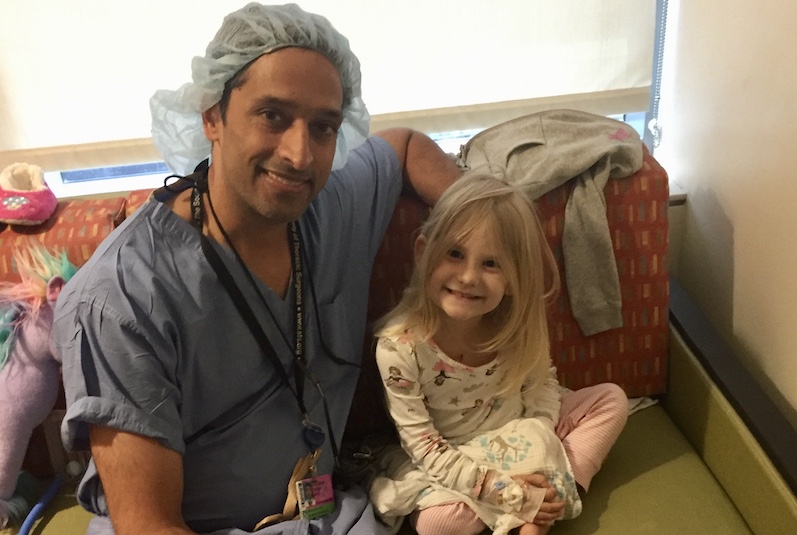
They spent the next year back home in California, following up with their local cardiologist and awaiting her next surgery, which they had scheduled for September of 2018.
A second trip to Boston for surgery number four
When that date finally arrived, the whole family, including Kayla and Ian’s mother, boarded the plane to Boston. For this trip, they had rented an apartment near the hospital for the entire month.
“We were so excited, but also nervous about her undergoing a fourth open-heart surgery,” says Amanda. After the surgery, Elyse was completely sedated for about eight days. The family returned home to California a month later and things have been great since then.
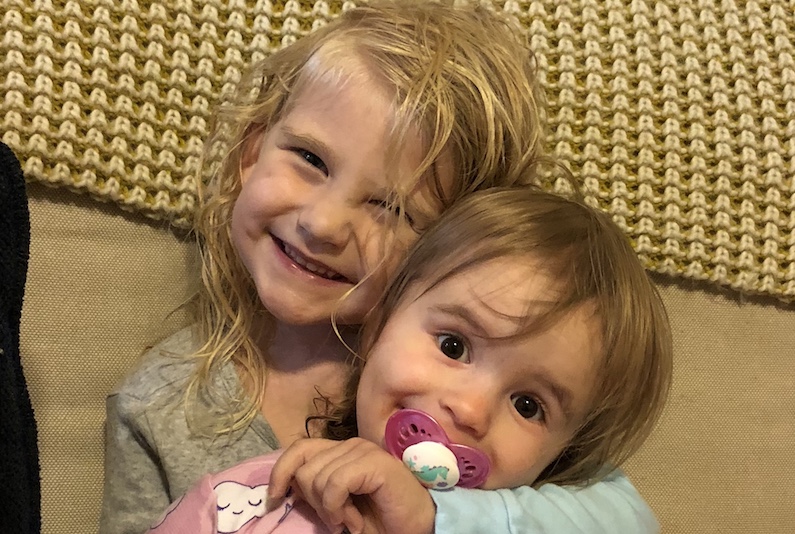
“The biventricular option has already proven to be better,” says Amanda. “She gained a whole pound in three months, and because of what Dr. Emani was able to do in the surgery, her heart functions in nearly the same way as someone with a normal heart.”
Big plans ahead
Now 4 1/2, Elyse has big plans for the future. “She is obsessed with becoming a surfer and wants to be a PA like her dad,” says Amanda. “Though sometimes she says she’s going to be a PA and a heart surgeon.” She’s also really into ballet, princesses, and sea animals. It’s probably not a coincidence that her favorite animal is the squid, which have three hearts.
Amanda and Ian are so pleased with Elyse’s outcome that have traveled to a conference with Dr. Emani to speak about her success. While they know the journey with Elyse’s heart will last her lifetime, they are grateful she has come so far.
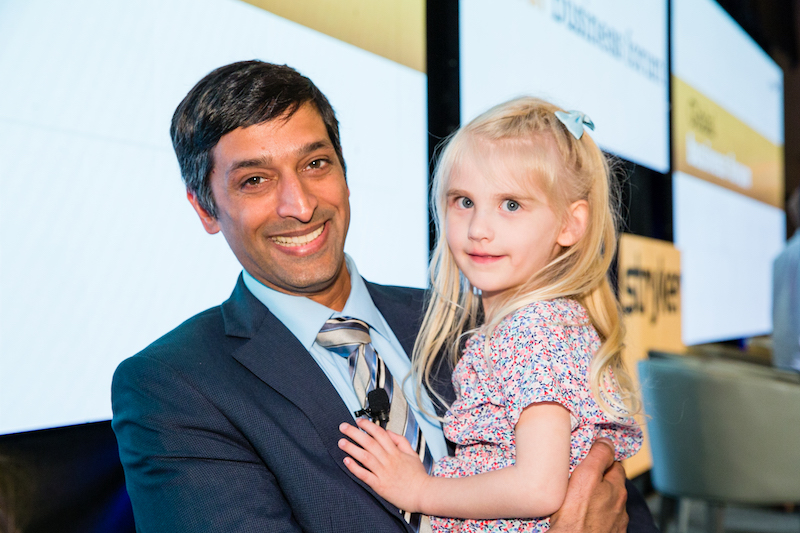
“I tell other heart parents, it’s a marathon, not a sprint,” says Amanda. “It’s a constant journey of trial and error, so you really need to find doctors you trust. And if they’re not listening to you, you need to trust your own instincts as parents and find someone else. We’re so happy that we did.”
Learn more about the Complex Biventricular Repair Program.
Related Posts :
-

Clara now runs, dances, and sings along to Taylor Swift thanks to a new life-changing heart surgery
The time had finally come. Only two weeks after a transformative heart operation at Boston Children’s, 11-year-old Clara Portnoy ...
-

Kiersten finds new purpose after care for life-threatening cardiomyopathy
Being just three miles away from her cardiac care team at Boston Children’s makes all the difference in the ...
-

Shoring up heart muscle’s mini ‘managers’ to treat heart failure
Our heart muscle is studded with tiny dyads, intricately designed structures that manage incoming electrical signals and calcium release to ...
-

Finding a possible genetic treatment for rare arrhythmias
Variants in a gene that plays a key role in heart function can cause potentially life-threatening arrhythmia syndromes known as ...



